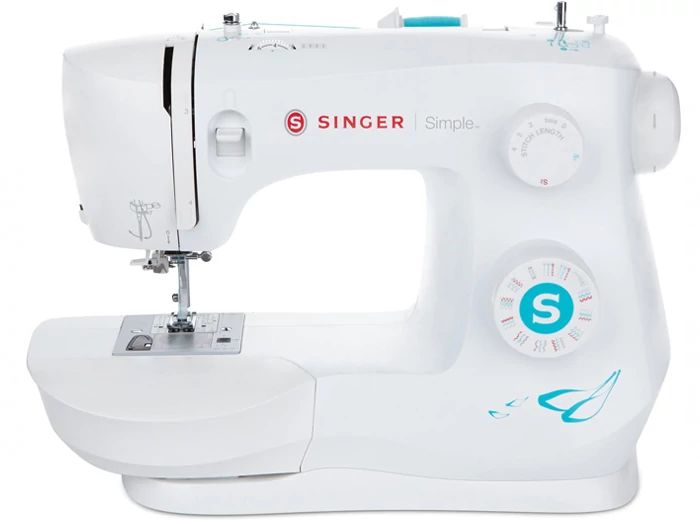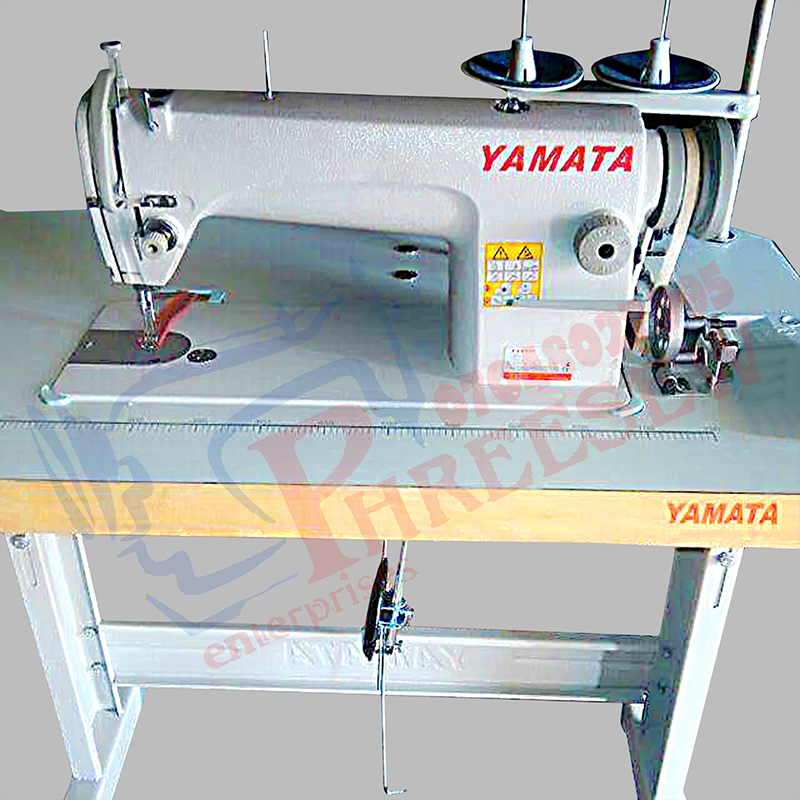Number 1 “Standard” sewing machine - Bard Graduate Center
5 (432) · € 29.99 · En stock
This Singer sewing machine, manufactured in 1856, is the same 1851 patent model that was displayed and demonstrated at the New York Crystal Palace in 1853 to much acclaim. The machine is compact enough to sit on a small table or desk; it is operated by a foot pedal and is largely made of iron and steel. “Singer, New York” is painted in faded golden letters on its frame, and yet there is a shiny brass plate that is flush with the iron of the machine, snugly fitted over a slot where the shuttle is located, that bears the inscription “Howe Patent Sep. 10 1846.” The combination of a Singer brand machine with an additional part from a separate patent holder is intriguing. How did this somewhat seamless integration of parts come to be? Were they designed to be interchangeable? And who is the true inventor of the sewing machine?
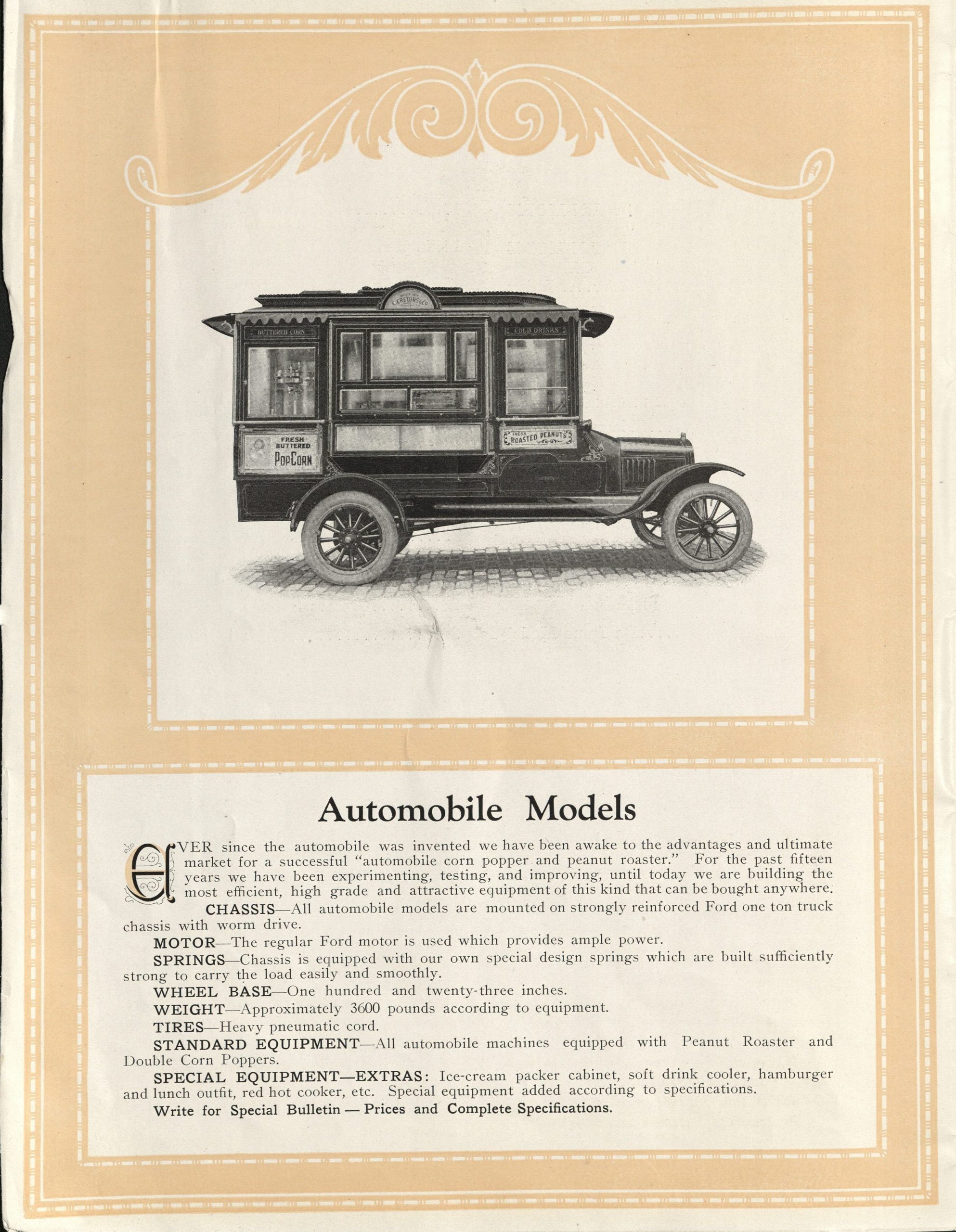
Smithsonian
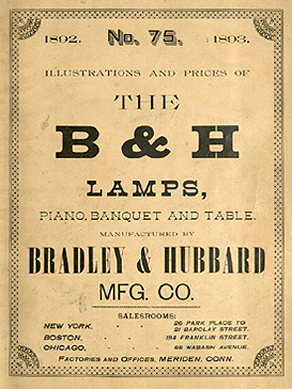
Bradley & Hubbard design catalogues and historical information

Isaac M. Singer, Inventor of the Singer Sewing Machine, Singer Sewing Machines
Senate Session, June 22, 2000

Lost Book Found, 1996 - Bard Graduate Center

New York Crystal Palace 1853 - Bard Graduate Center

Scientific-American-Aug-1-1876, J. A. FAY & CO.'S EXHIBIT OF WOODWORKING MACHINERY AT THE CENTENNIAL

Image 37 of New York journal and advertiser (New York [N.Y.]), August 1, 1897, (WANT SUPPLEMENT)
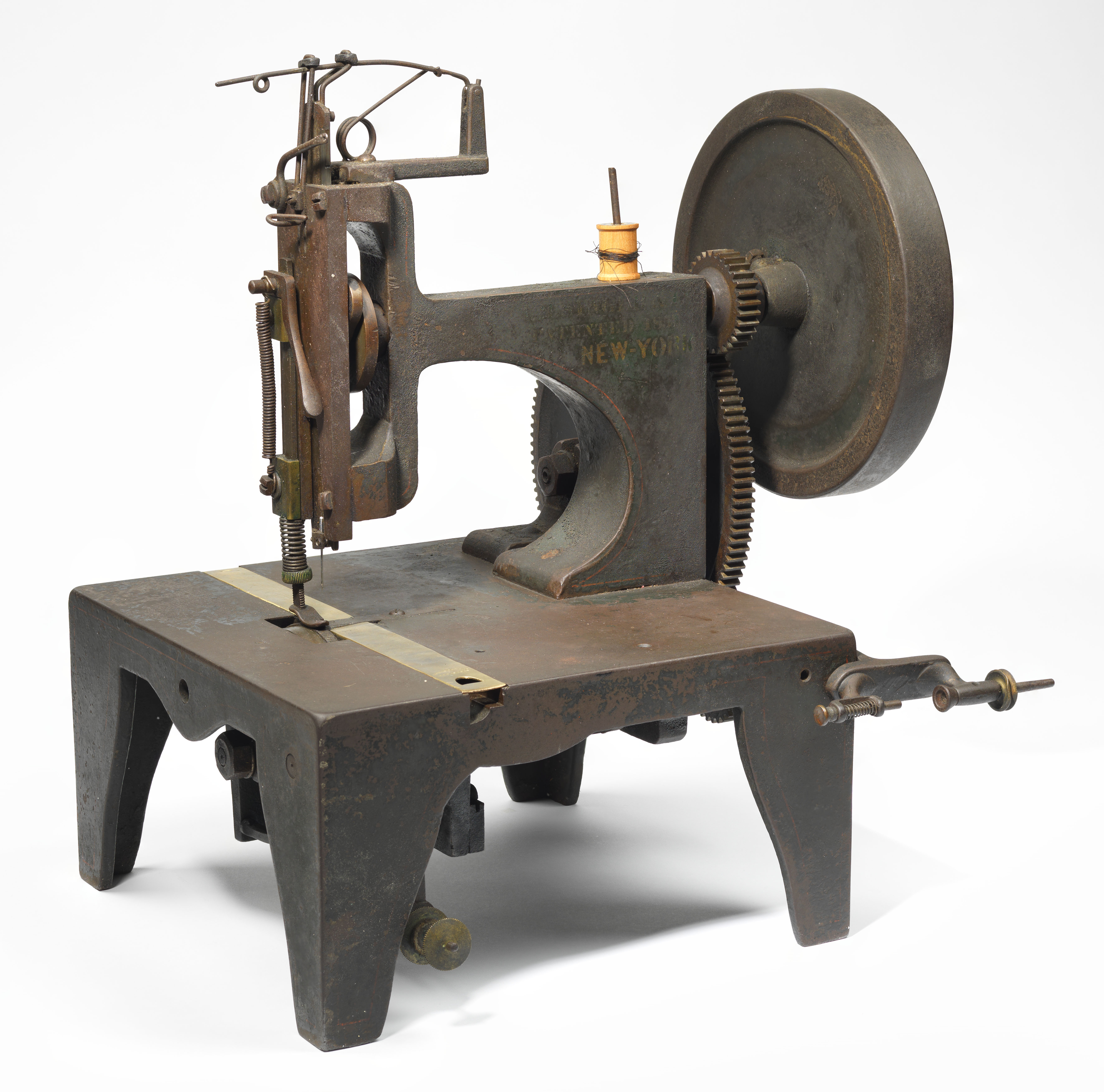
Number 1 “Standard” sewing machine - Bard Graduate Center
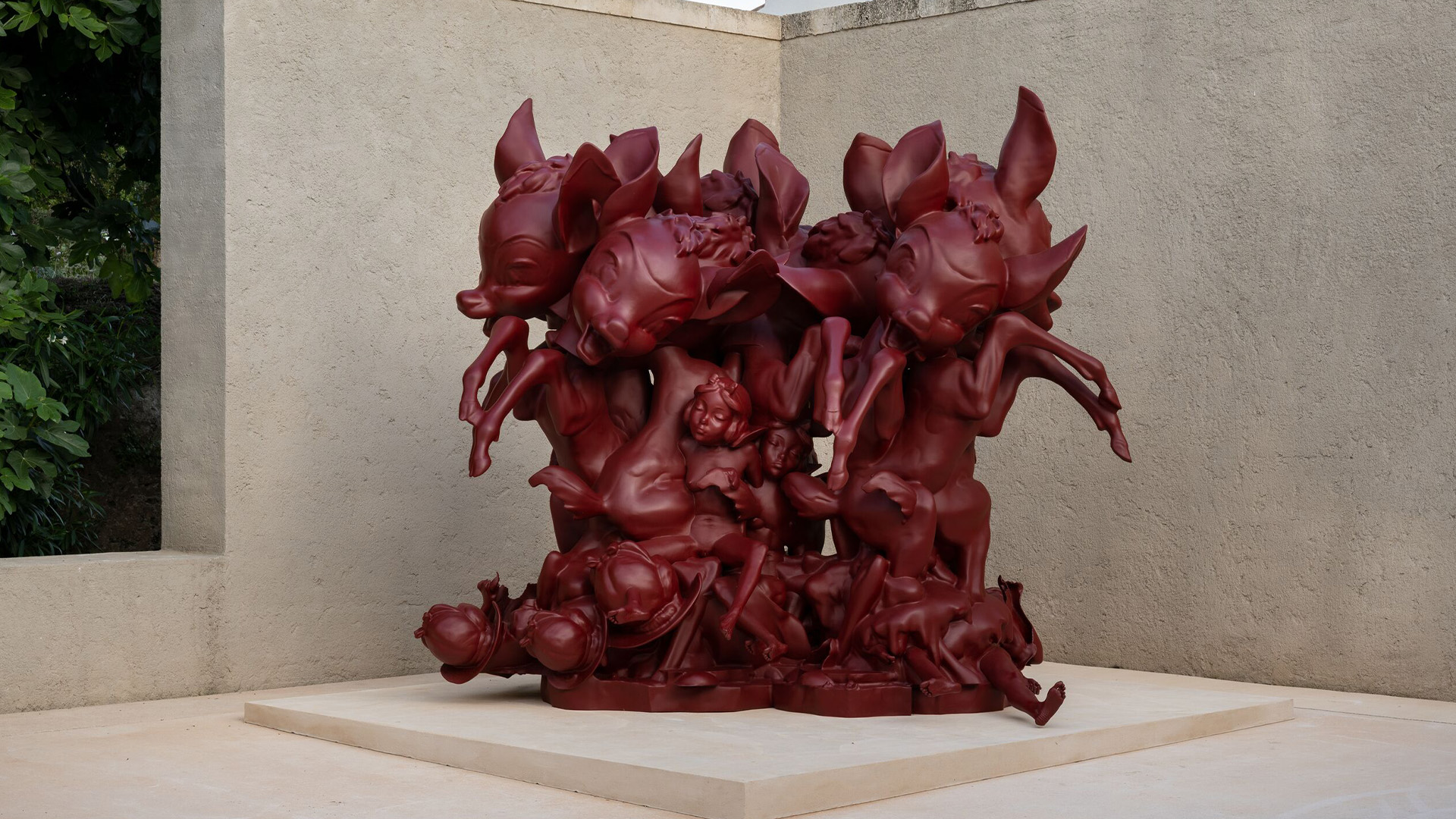
Paul McCarthy - Hauser & Wirth
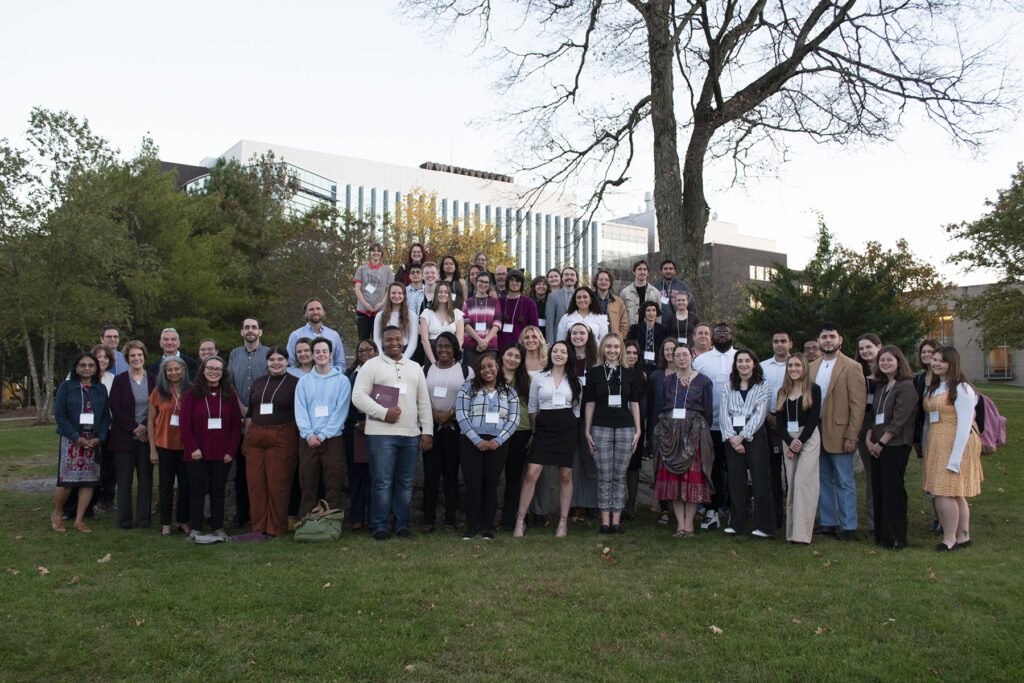
Student Research - Council of Public Liberal Arts Colleges (COPLAC)

A “Cradle of Harmony” at the Crystal Palace - Bard Graduate Center

Arts, Free Full-Text
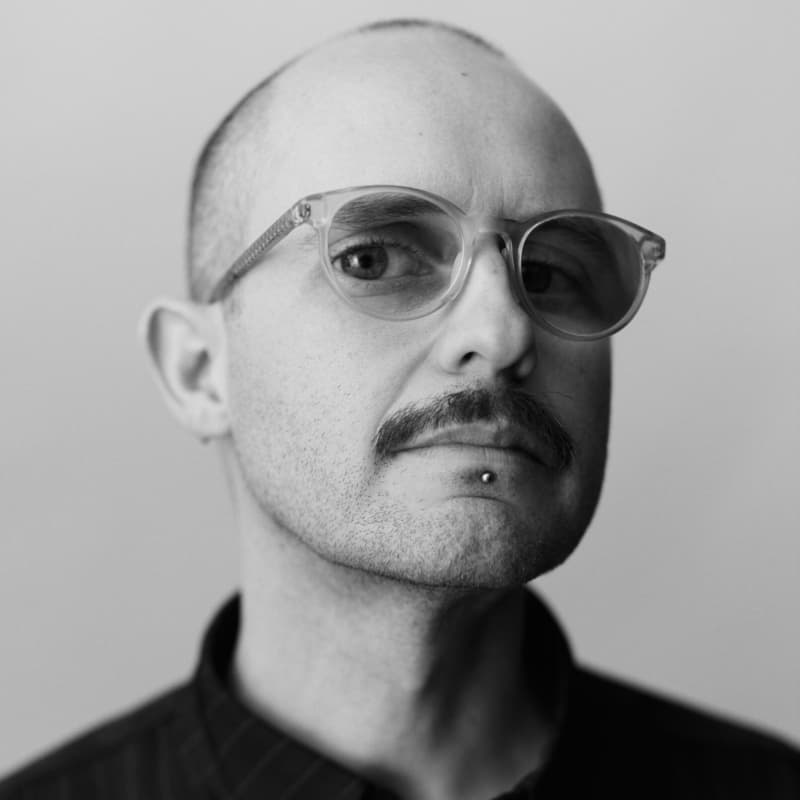
Person Type: 2023 Company

Dressed: The History of Fashion
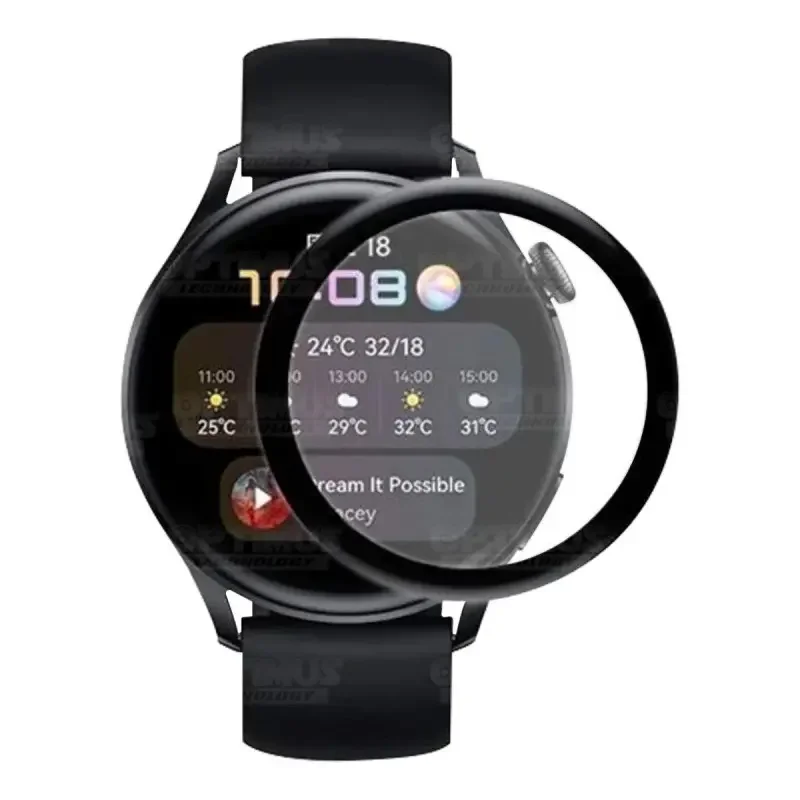


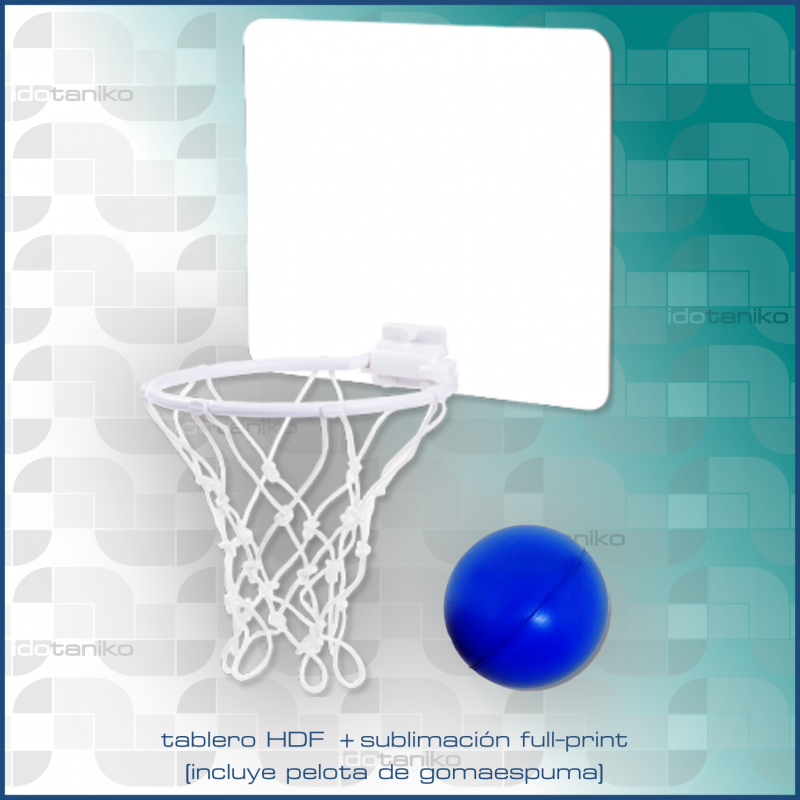



:max_bytes(150000):strip_icc()/slv-product-brother-cs7000x-sewing-quilting-machine-hwortock-005-6aa361fd7e6a47bea83c2482a3d38d9f.jpeg)

